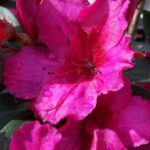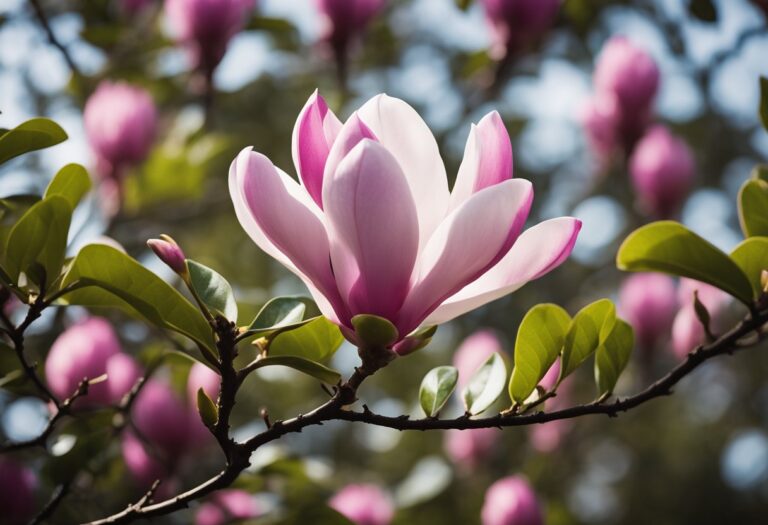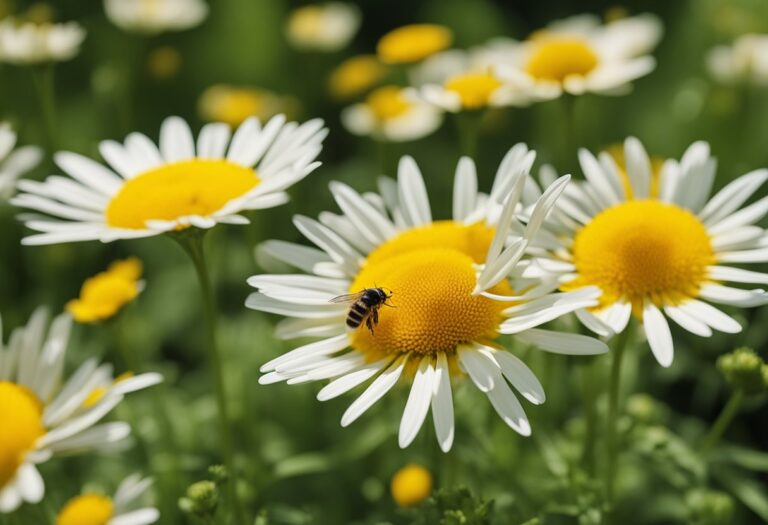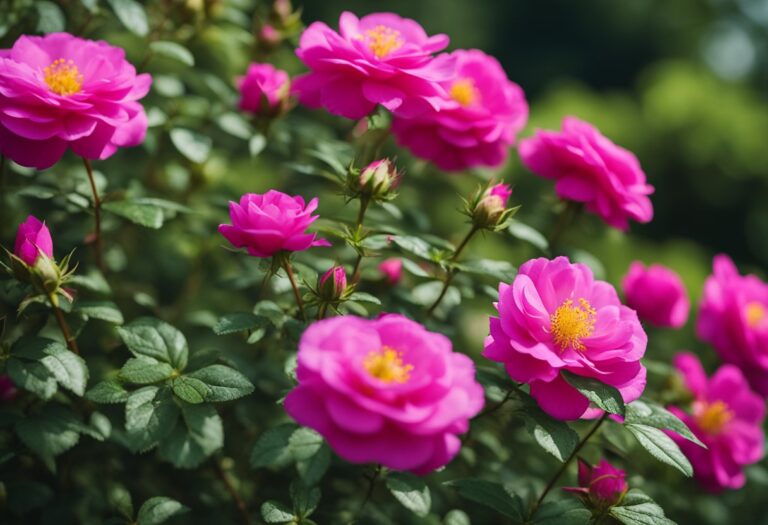Overview of Rosa ‘Buff Beauty’
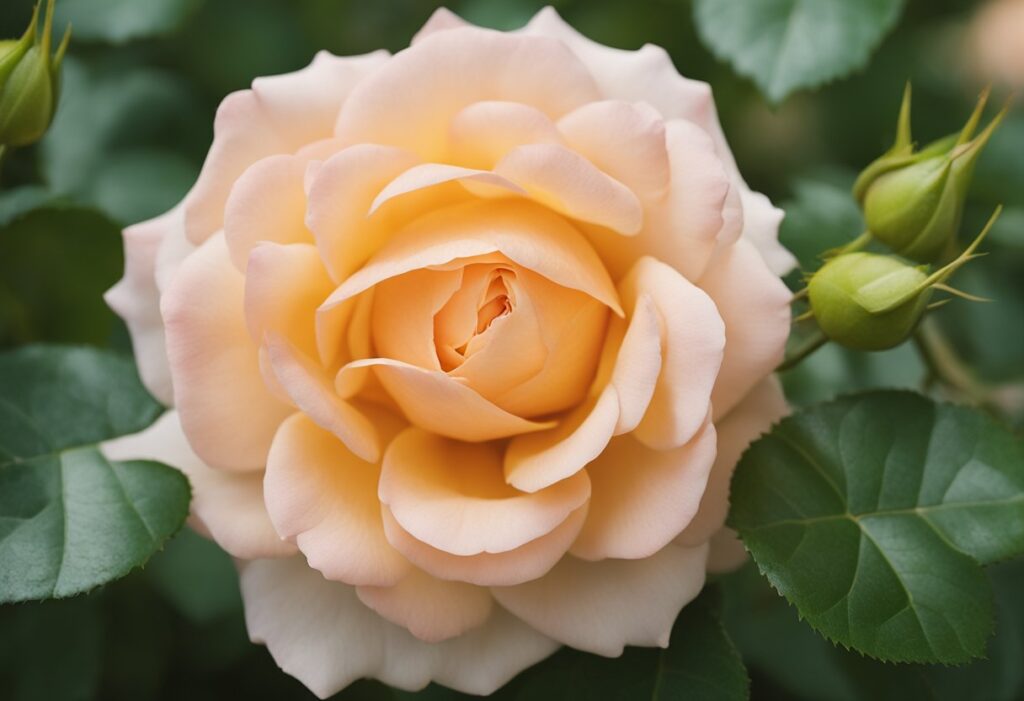
General Overview of Rosa ‘Buff Beauty’
Rosa ‘Buff Beauty’ is a hybrid musk rose standing out by its apricot to yellow-colored blooms. Its full, semi-double flowers typically consist of over 41 petals, with a strong tea fragrance that adds an amazing smell to any garden.
- Bloom Characteristics: Expect large clusters of blooms, which can number 45+ petals each. The color matures from buff-yellow to apricot, fading elegantly to primrose.
- How They Smell: ‘Buff Beauty’ is renowned for its rich, strong tea fragrance, making it a popular choice for aromatic gardens.
- Typical Growth Habit: You can cultivate this robust rose as a medium-sized shrub, or train it in warm climates as a short climber. If left unpruned, it spreads, reaching out like graceful, arching canes.
- Foliage: ‘Buff Beauty’s leaves can be a garden feature, beginning as red and maturing to a glossy, dark green.
- Flowering Time-line: This rose can repeat-flowering, typically from spring to autumn, providing a long-lasting display.
- Awards Given: ‘Buff Beauty’ carries the Royal Horticultural Society’s Award of Garden Merit, a testament to its beauty and resilience.
- Buff Beauty’s Origin: Ann Bentall introduced it to Great Britain in 1939, continuing the legacy of rose breeding established by the Reverend Joseph Pemberton.
Plant ‘Buff Beauty’ in a mixed sunny border or rose garden to enjoy its charm year after year. Its versatility in growth habit and longevity of bloom makes it a garden favorite for rose enthusiasts.
Ivan from Ivan’s Landscape & Construction says, “The Buff Beauty flower is a beautiful flower that many of our landscaping clients want in their gardens for their Snohomish County property.”
How to Cultivation and Care
Rosa ‘Buff Beauty’ thrives with proper planting, consistent watering and feeding, and regular pruning and training. By meeting its specific needs, you will ensure it grows vigorously and blooms beautifully.
Planting Requirements
Your Rosa ‘Buff Beauty’ prefers a spot in your garden that receives full sun to partial shade.
When planting, choose fertile, moist, but well-drained soil to help establish a healthy root system.
Space each plant adequately to ensure good air circulation, which is crucial in preventing disease. If the soil is not naturally rich, incorporate humus-rich compost to enhance its nutrient content.
Watering and Feeding
Regular watering is essential, especially during dry spells, to keep the soil uniformly moist but not waterlogged.
As for feeding, apply a balanced fertiliser in late winter or early spring and once again in early summer.
Ensure to follow with a layer of mulch to retain moisture and suppress weeds.
For optimal flowering, your ‘Buff Beauty’ Rose benefits from consistency in watering and feeding routines.
Pruning and Training
Pruning should be done lightly or you can cut back by up to one-third. Side shoots can be reduced by half to one-third of their length.
This will encourage new growth and abundant blooms. If you notice an older shrub becoming less vigorous, rejuvenate it by pruning one in four or five shoots from the base.
In warmer climates, ‘Buff Beauty’ can be trained as a short climber, offering versatility in your garden’s design.
Propagation Methods
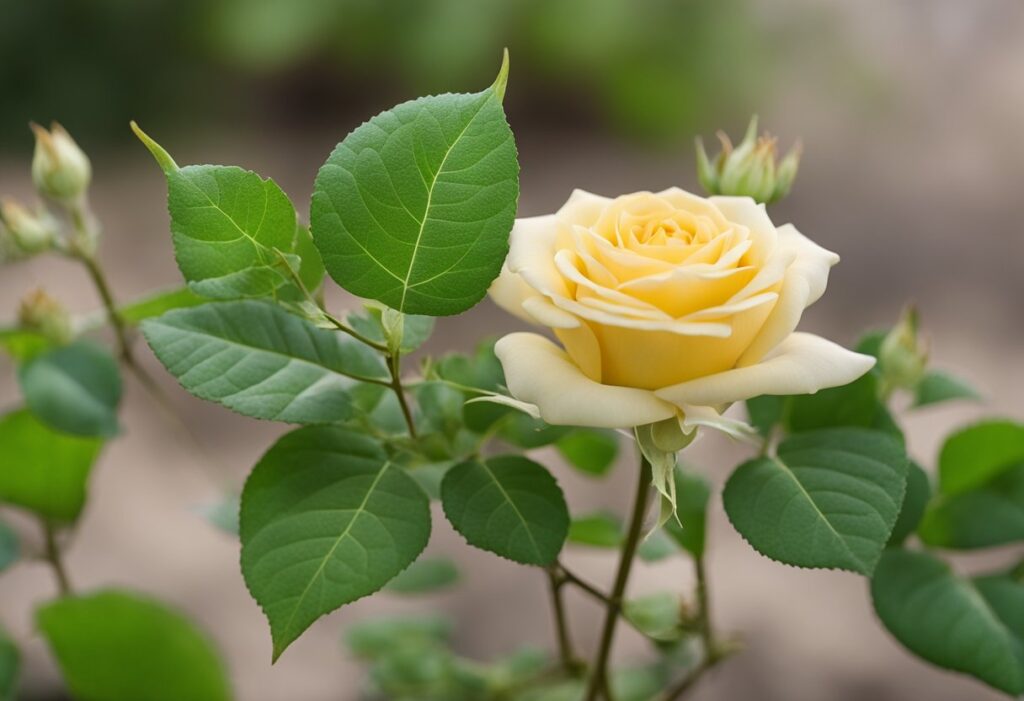
To successfully propagate the Rosa ‘Buff Beauty’, you have two primary approaches to consider: cuttings and grafting. These methods will help you produce exact genetic clones of this cherished shrub.
Cuttings
Taking cuttings is a common technique for rose propagation, and it is applicable to Rosa ‘Buff Beauty’. Begin by selecting healthy, disease-free stems. Here’s a condensed guide to follow:
- Softwood Cuttings
- Timing: Take cuttings in late spring or early summer.
- Process: Cut a 4-6 inch piece of stem with several leaves, and remove the bottom leaves to expose the nodes.
- Semi-hardwood Cuttings
- Timing: Cuttings are typically taken in late summer.
- Process: These cuttings should be slightly woody at the base and have a length of around 6-8 inches.
For both types, dip the cut end in rooting hormone and plant in a mixture of potting soil and perlite. Keep the soil moist and provide indirect light until roots establish.
Grafting
Grafting involves joining the Rosa ‘Buff Beauty’ to rootstock, resulting in a strong, vigorous plant:
- Procedure: Take a scion of ‘Buff Beauty’ and attach it to the rootstock using a technique like the ‘T-budding’ method during the plant’s dormancy.
- Aftercare: Once the graft union has healed, the scion will grow and develop as part of the rootstock.
Both methods require patience and basic knowledge of rose care to ensure successful propagation of Rosa ‘Buff Beauty’.
Pests and Diseases to Watch Out For

When cultivating Rosa ‘Buff Beauty’, you may encounter specific pests and diseases that can affect the health of the plant. Understanding how to identify and manage these issues is crucial for maintaining a vibrant and flourishing rose shrub.
Common Pests
- Aphids: These small, green insects cluster on new growth and undersides of leaves, sapping nutrients and weakening your rose.
- Spider Mites: These tiny spider-like pests cause yellowing and stippling on leaves due to their feeding.
- Japanese Beetles: These metallic bugs feed on the leaves and flowers, leaving behind skeletonized foliage.
Disease Management
- Black Spot: Characterized by dark, circular spots with fringed margins on leaves, black spot is a fungal disease that requires fungicidal treatment and removal of affected foliage.
- Powdery Mildew: A white powdery coating on leaves and stems indicates this fungal issue. It’s often controlled by improving air circulation and applying fungicides.
- Downy Mildew: Look for yellow spots on upper leaf surfaces and purplish mold on the undersides. Promptly remove infected parts and use fungicides as necessary.
How to Use it in Your Landscape and Other Plants that Fit
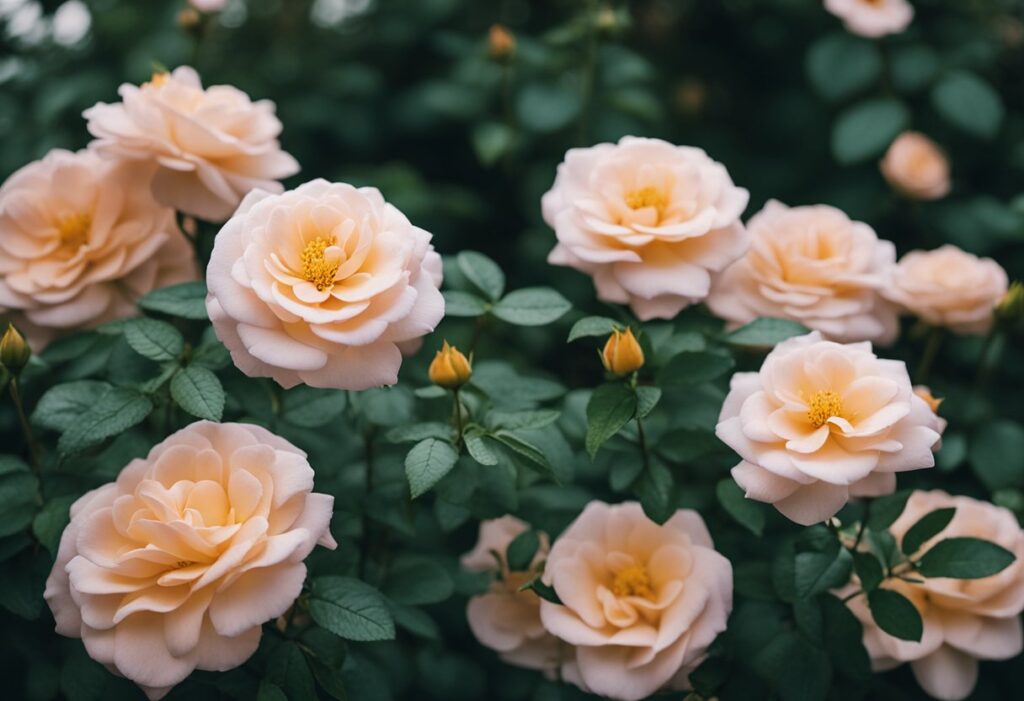
Rosa ‘Buff Beauty’ is a versatile plant that you can incorporate into your garden as an elegant climber or a lush shrub. It’s well-suited to a full sun location but will also tolerate partial shade. Here are some tips for integrating ‘Buff Beauty’ into your landscape:
- Trellises and Arbors: Train ‘Buff Beauty’ on these structures to create a vertical accent. Its arching growth supports an elegant climbing habit.
- Mixed Borders: Plant alongside perennials that complement its apricot-yellow-cream blooms. Consider blue or purple flowering plants like lavender or catmint for a soothing color contrast.
| Companion Plants | Benefits |
|---|---|
| Lavender (Lavandula spp.) | Contrasting color; aromatic foliage |
| Catmint (Nepeta spp.) | Violet-blue flowers; attracts pollinators |
| Lady’s Mantle (Alchemilla) | Chartreuse blooms; interesting leaf texture |
- Formal Rose Gardens: ‘Buff Beauty’ thrives with other roses. Ensure sufficient air circulation to prevent disease amongst the dense growth of rose gardens.
Plant Pairing Ideas:
- Combine with shrubs that provide different textures, such as boxwoods or small conifers, to enhance floral displays.
- Pair with ground covers that can thrive in the dappled shade provided by ‘Buff Beauty’, such as Vinca or Pachysandra, for a tiered garden effect.
Frequently Asked Questions

In this section, you’ll find targeted advice on nurturing and understanding the ‘Buff Beauty’ rose, a popular hybrid musk variety.
How do you care for a ‘Buff Beauty’ rose?
To care for ‘Buff Beauty’ roses, plant them in full sun to light shade in rich, well-drained soil with moderate moisture. Fertilize and mulch in late winter or early spring for optimal growth and flowering.
When is the best time to prune a ‘Buff Beauty’ rose?
Prune ‘Buff Beauty’ roses in late winter or early spring before new growth starts. Remove dead or weak wood, and shape the bush as desired, keeping in mind it can be trained as a climber in warm climates.
Are ‘Buff Beauty’ roses suitable for climbing?
Yes, ‘Buff Beauty’ roses can be trained as climbers. They are versatile and can be grown as an arching shrub or an elegant climber, reaching up to 4-5 feet tall.
What are some tips for cultivating ‘Buff Beauty’ roses successfully?
To successfully cultivate ‘Buff Beauty’ roses, ensure they receive at least 6 hours of sunlight daily and plant them in well-drained soil. Regular watering, annual fertilization, and pruning to promote air circulation will also support their health and blooming.
Where can one purchase ‘Buff Beauty’ roses?
‘Buff Beauty’ roses can be purchased from nurseries, garden centers, or online retailers that specialize in roses. Look for reputable suppliers to ensure you receive healthy, quality plants.
What are common characteristics and reviews of the ‘Buff Beauty’ rose’s fragrance?
The ‘Buff Beauty’ rose is known for its strong, tea rose fragrance. Reviews often describe the scent as rich and classic.
The apricot-colored blooms are noted for their delicate, aromatic qualities.


